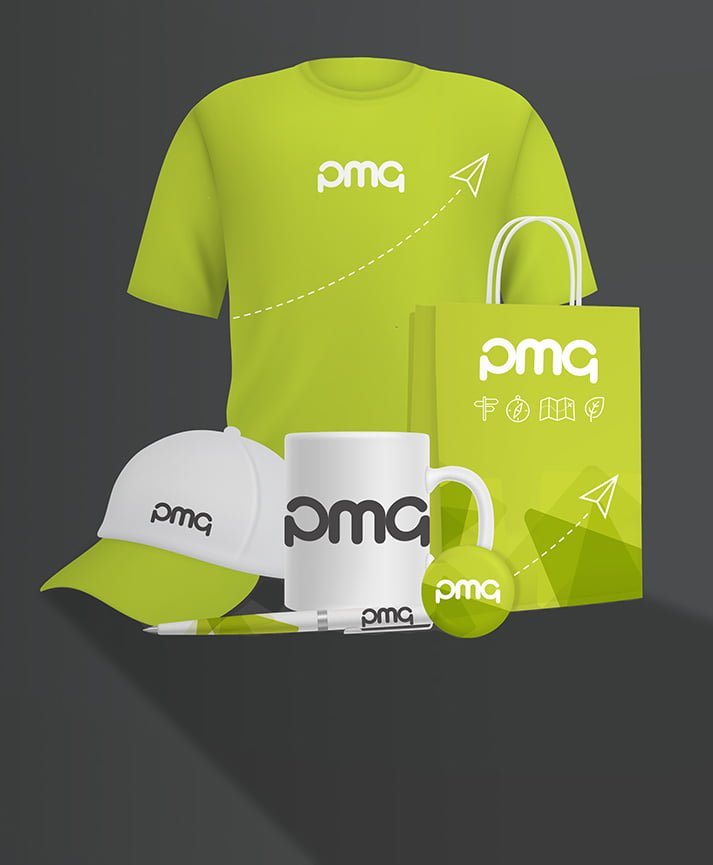
Print finishes can be the difference between an average piece of print design and something that really stands out. If you want your print marketing materials to catch your audience’s attention and stay with them for longer, it’s little finishing touches like these that go the extra mile. But what are the most common print finishes, and how do they work? In this beginner’s guide we’re going to look at some popular print finishes so you can find out which ones are right for your project.
Varnish
You might associate varnish with something you’d apply to a boat or a garden fence, but actually paper varnishing is one of the most popular ways to enhance the look and feel of your paper stock. Varnishes can be applied in-line, as part of the printing process, or off-line, once the project has left the press. They include:
Gloss
As the name suggests, a glossy varnish has a high shine and a smooth texture, giving your print project a premium, high-budget look and texture. Varnishes can be applied to small areas of your print or to the entire product.
Matte
A matte finish is dull and coarse textured, cutting down on glare and in some cases enhancing readability. Matte finishes work especially well on products such as business cards and luxury magazines/brochures.
Satin
Satin varnish is something of a halfway house between mate and gloss, having a slightly reflective sheen and a smooth texture. It’s almost pearlescent in appearance.
Spot UV
Spot UV varnish employs clever technology to apply intricate varnish designs to the surface of your print. UV light dries the varnish into a hard, raised pattern for added visual and textural interest. Spot UV finishes don’t come cheap, but they are very effective for high-quality print design projects.
Laminate
Laminates are similar to varnishes, and available in many of the same styles. Instead of a liquid application laminates come as a film, coating the product and adding structural stability to things like leaflets and business cards.
Foil stamping
Foil stamping is a great way to make individual elements of a print design stand out. Metallic material is used to add shine and colour to specific areas of your product, such as text, logos or images. It’s a luxe finish and can look incredibly classy, but it may prove pricy for more extensive print runs.
Embossing
Embossing is used to raise specific elements of your design, providing a 3D effect that creates physical texture, shadows and highlights. Embossing is particularly effective when used with text, and can make smaller print projects really stand out.
Debossing
Debossing, or letterpress, is effectively the reverse of embossing. Instead of raising specific elements debossing etches them into the design, creating depth and textural interest. Often, debossed and embossed designs are combined with other finishes such as foil stamping or spot UV varnishing for additional design flair.
It isn’t always easy to work out which print finish (if any) is appropriate for your design, or whether the potential returns will be worth your initial investment. That’s where we come in. PMG is a print management company dedicated to improving your relationship with print. Our in-house design studio can help you to create winning print designs, while our holistic approach to print management will ensure that your future print marketing efforts are as cost effective as possible. Contact us today for more information.
















































